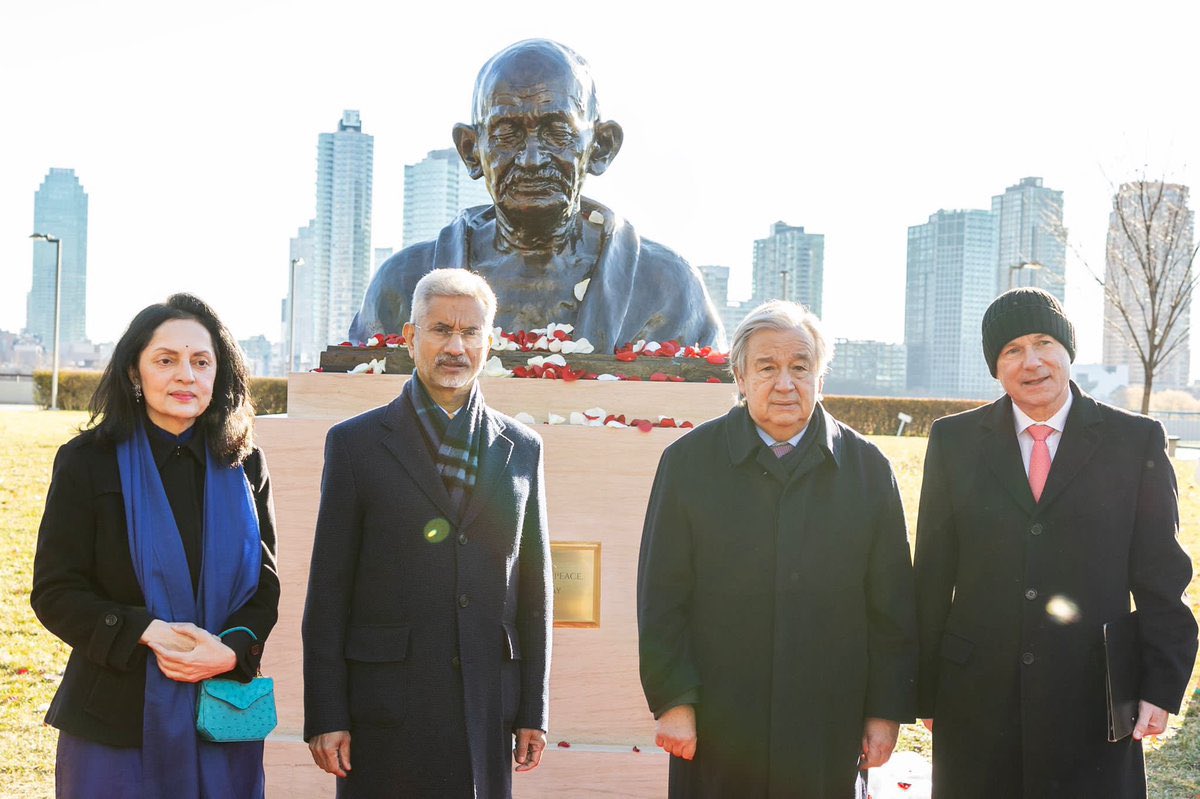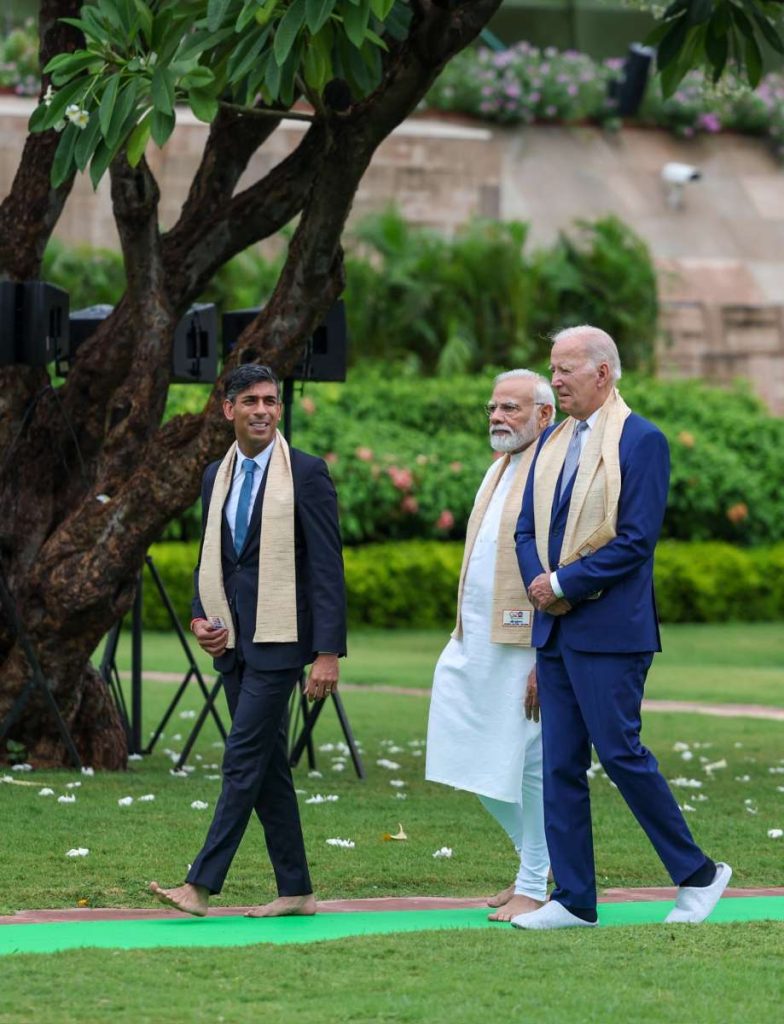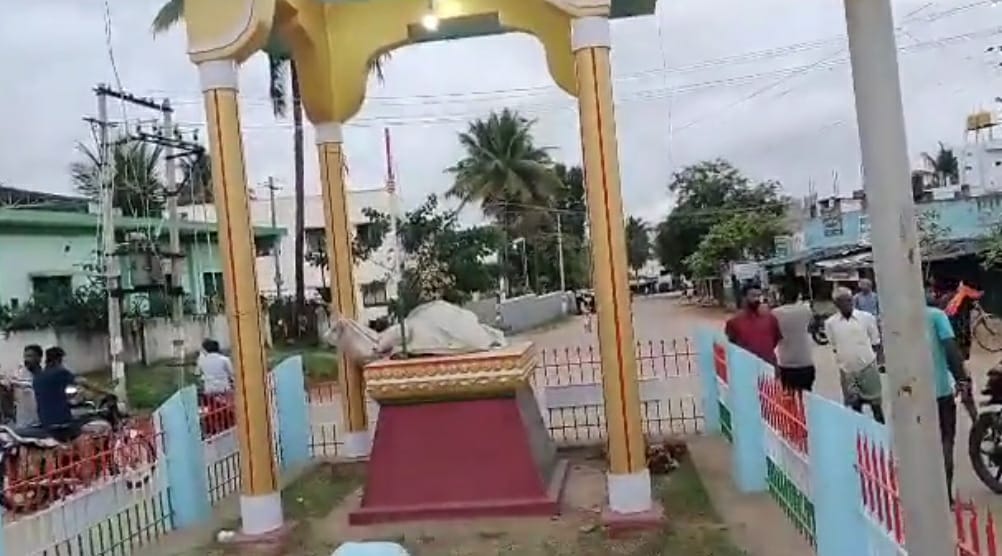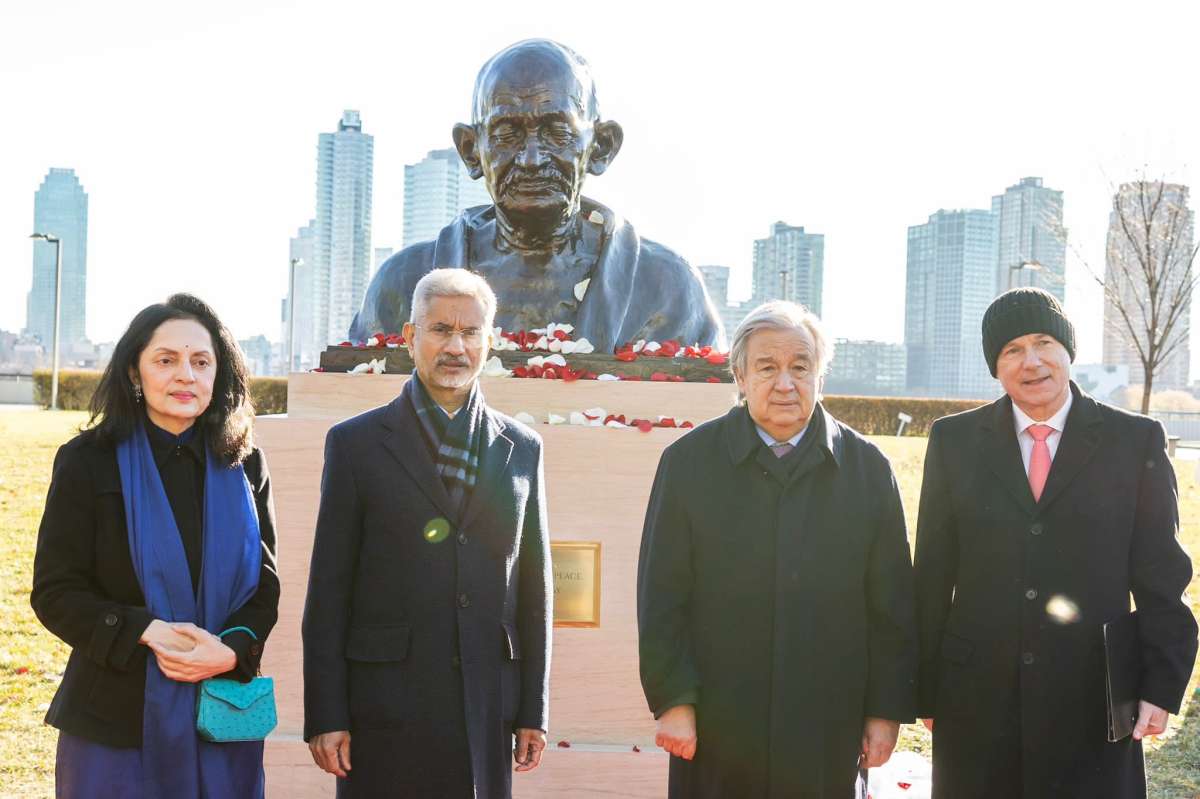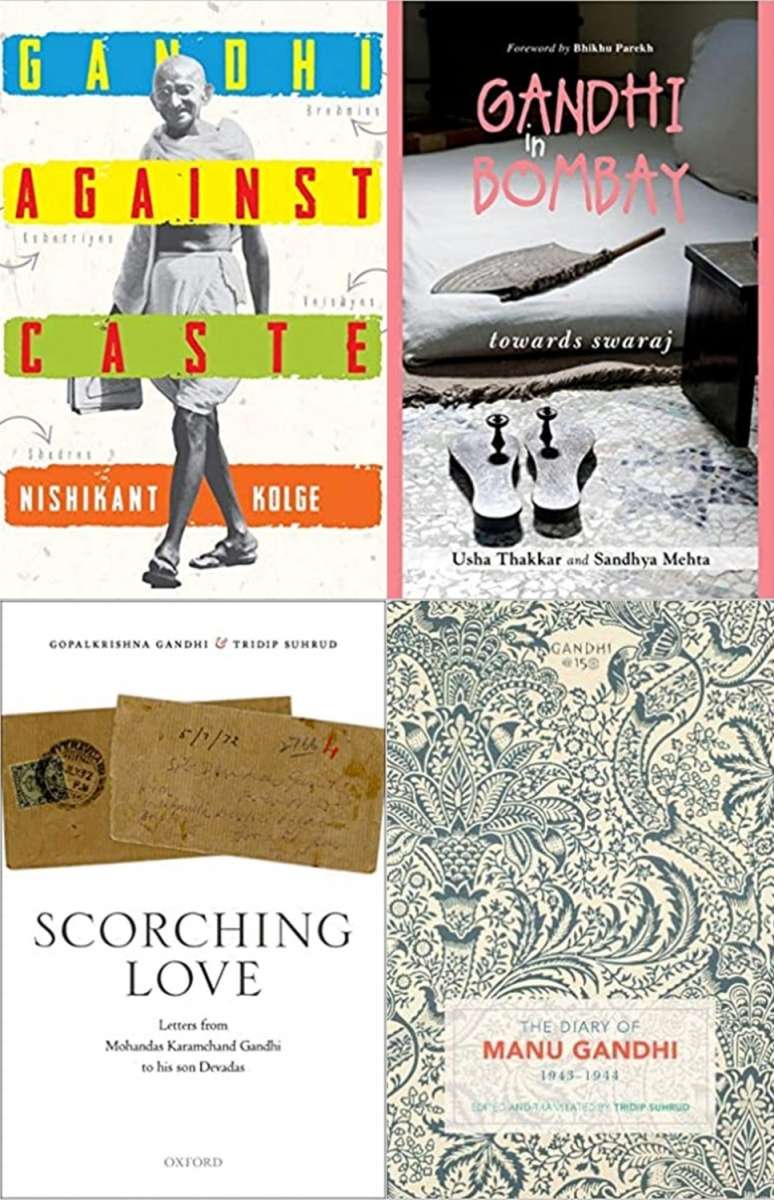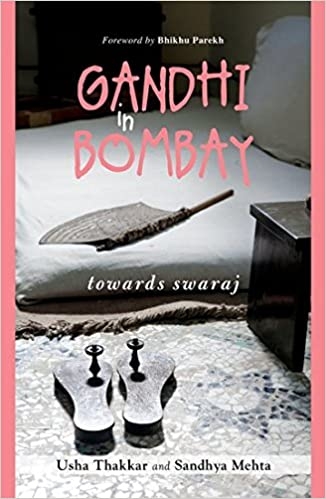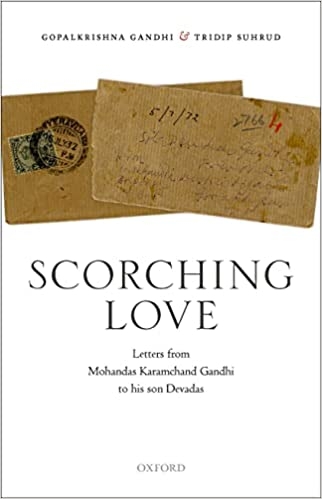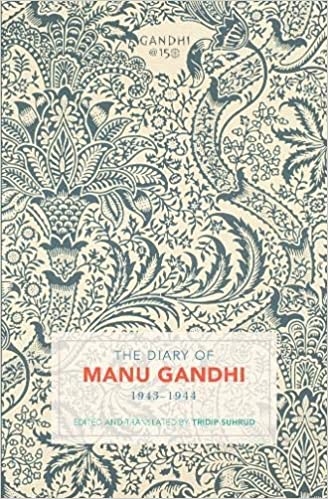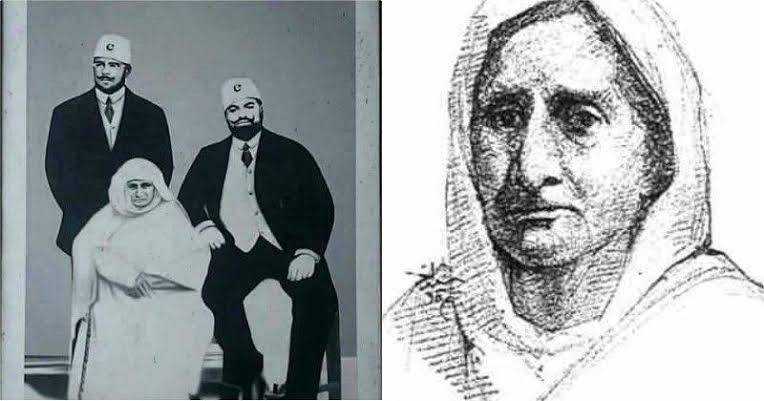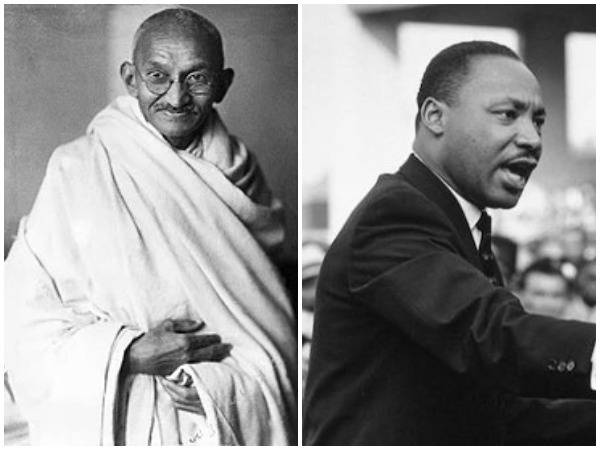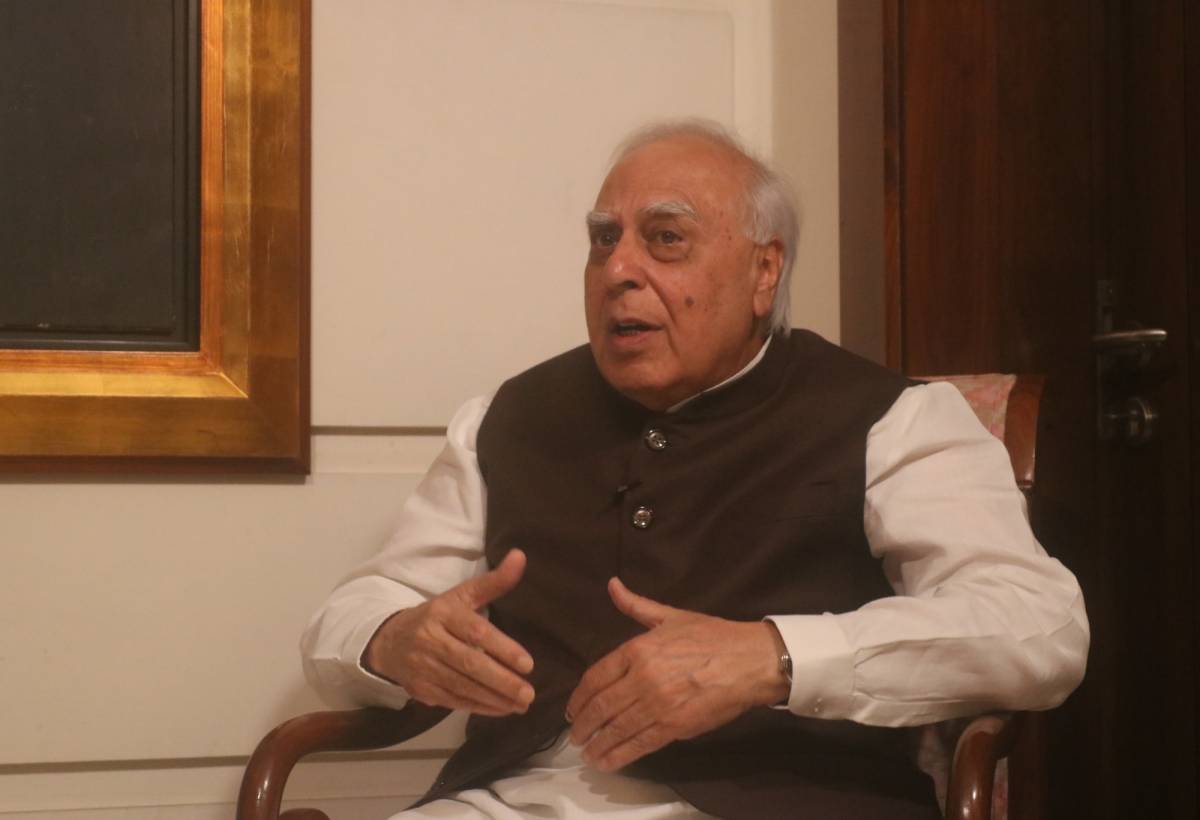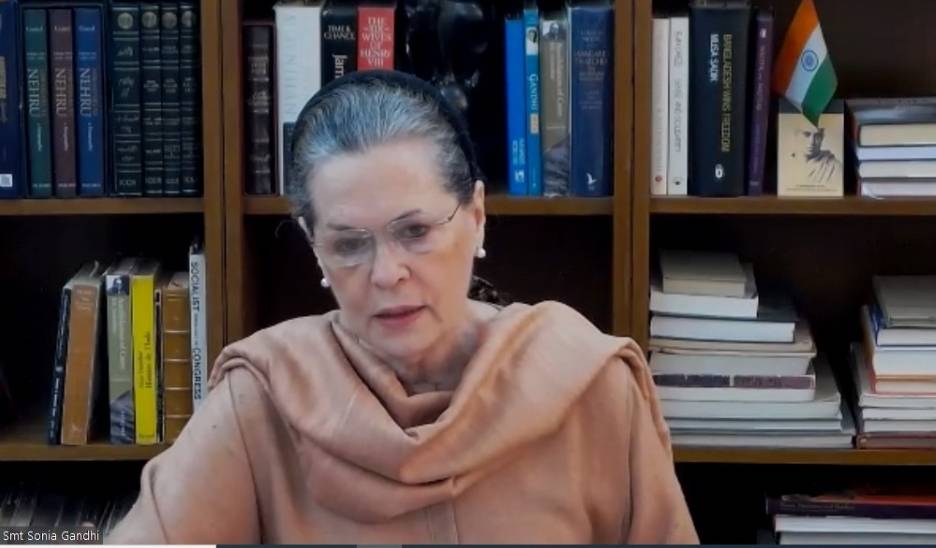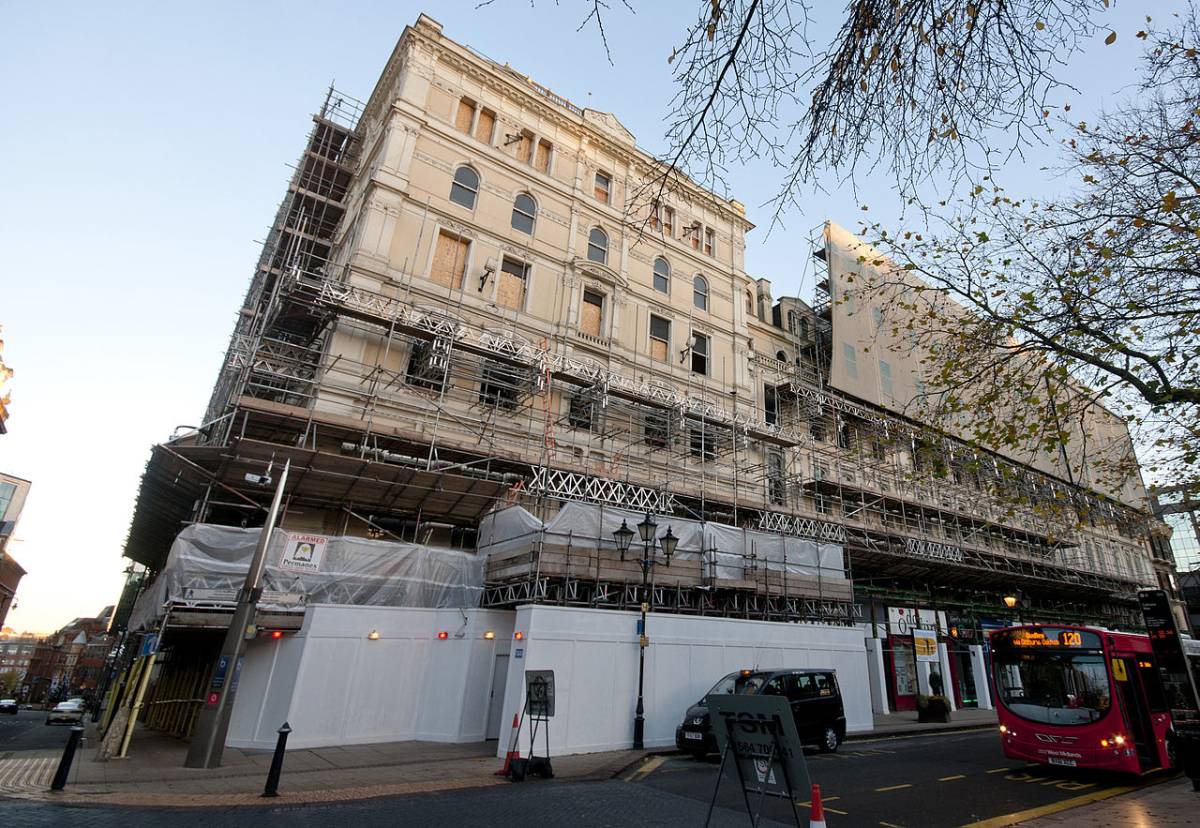The UN observes the International Day of Non-Violence on October 2, the birthday of Mahatma Gandhi…reports Asian Lite News
Top United Nations leaders on Monday paid their tributes to Mahatma Gandhi on his 154th birth anniversary, recalling his messages of peace and unity in diversity.
“This International Day of Non-Violence, we commemorate the birth of Mahatma Gandhi & recall his wise counsel,” UN Secretary General Antonio Guterres said in a post on X.
“Our ability to reach unity in diversity will be the beauty and the test of our civilization,” Guterres said, quoting Gandhi’s message and called on people and nations to “Let us heed his words & re-commit ourselves to this essential purpose.” President of the 78th session of the UN General Assembly Dennis Francis quoted Gandhi’s message “There is no way to peace, peace is the way”. The words are inscribed on a plaque on the bust of Mahatma Gandhi installed at the North Lawn of the world body’s headquarters.
The Gandhi bust is a gift from India to the UN and was installed in the expansive North Lawn during India’s Presidency of the 15-nation UN Security Council in December 2022. Francis said the International Day of Non-Violence marks the birth anniversary of Gandhi, a beacon of peace & non-violence.
“Let us embrace Gandhi’s message and invest in peace; this is an investment in our collective prosperity,” he said in a post on X. The UN observes the International Day of Non-Violence on October 2, the birthday of Mahatma Gandhi.
According to General Assembly resolution of June 2007, which established the commemoration, the International Day is an occasion to “disseminate the message of non-violence, including through education and public awareness”.
The resolution reaffirms “the universal relevance of the principle of non-violence” and the desire “to secure a culture of peace, tolerance, understanding and non-violence”.
UN Deputy Secretary-General Amina Mohammed said, “On the International Day of Non-Violence, let us reaffirm our commitment to peace, justice, and equality for all”.
Celebrations in NY
India’s Consulate General in New York on Monday celebrated Gandhi Jayanti and the International Day of Non-violence in Manhattan in collaboration with Bharatiya Vidya Bhavan.
The Consul General urged the gathering to bring more of Bapu’s life and legacy into their daily existence. He talked about the Swachh Bharat campaign and its Gandhian inspiration.
“Consulate in collaboration with Bhartiya Vidya Bhavan marked Gandhi Jayanti and International Day of Non-violence in Manhattan, New York. The Consul General urged the gathering to bring more of Bapu’s life and legacy into their daily existence. He talked about the Swachh Bharat campaign and its Gandhian inspiration. The Mahatma’s ideas on social harmony and respect for the environment are critical for building a better tomorrow,” as per the Consulate General in New York’s official handle on ‘X’ formerly Twitter.
Meanwhile, the Indian Ambassador to Russia Pavan Kapoor on Monday offered floral tributes to Mahatma Gandhi and emphasized the relevance of the Father of the Nation and his message on the occasion of Gandhi Jayanti.
Furthermore, there was a quiz about Mahatma Gandhi’s life, and children from the Embassy of India School and Jawaharlal Nehru Cultural Center in Moscow, Russia, sang some of Bapu’s favourite bhajans.
“On #GandhiJayanti, @AmbKapoor paid floral tributes and highlighted the pertinence of #MahatmaGandhi and his message today. There was a quiz on the life of the #Mahatma, and some of Bapu’s favourite bhajans were sung by children from the Embassy of India School & @iccr_moscow,” as per the Indian Embassy in Russia’s official handle on ‘X’ formerly Twitter.
The Chief Justice of India Dhananjaya Yeshwant Chandrachud and Indian High Commissioner to the United Kingdom Vikram Doraiswami also paid tribute to Mahatma Gandhi at his statue installed at the centre of Tavistock Square in London, UK.
Prime Minister Narendra Modi also paid tribute to Mahatma Gandhi at Delhi’s Rajghat.
In a post shared on X, PM Modi stated Mahatma Gandhi’s impact is global and his “timeless teachings will continue to illuminate our path.”
PM Modi on X posted, “I bow to Mahatma Gandhi on the special occasion of Gandhi Jayanti. His timeless teachings continue to illuminate our path. Mahatma Gandhi’s impact is global, motivating the entire humankind to further the spirit of unity and compassion. May we always work towards fulfilling his dreams. May his thoughts enable every youngster to be the agent of change he dreamt of, fostering unity and harmony all over.” (ANI)

